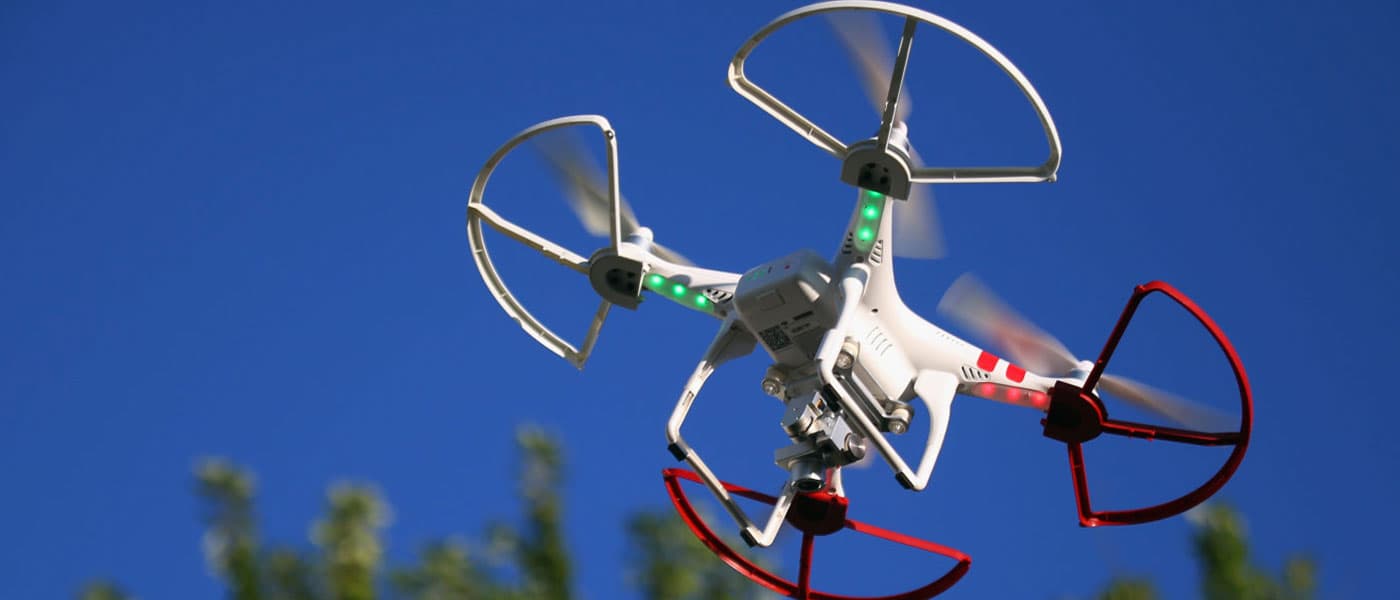Say what you will about civilian drones and drone pilots, but when the going gets tough, these drone pilots will get going.
According to published Federal Aviation Administration (FAA) commercial drone exemption requests, a big chunk of drone pilots are willing to lend a hand for possible emergencies. A total of 19 percent mentioned emergency services—that’s six times as many requests from the last quarter of 2015.
With all these pilots willingly to help out in case of emergencies, this could mean that private pilots can easily aid officials during search and rescue missions and other equally critical emergency scenarios.
Legal Restrictions
Despite this magnanimous offer to lend a hand, it doesn’t necessarily guarantee pilots flying time. Certain legal restrictions may keep them on the ground-- according to an FAA spokeswoman who spoke to The Verge, "a civilian must have a 333 exemption" to participate in emergency services. At the same time the FAA told The Verge that "it turns out that the ‘emergency services’ mention is what the applicant lists. It does not mean that’s what is authorized. They typically list everything they may do."
At this point it’s not clear if emergency service workers are willing to accept civilian aid, or how valuable it would be without prior training. Take the recent case in California where civilian drones were reportedly interfering with firefighters who were trying put out fires, prompting local officials to draft regulations that were ultimately vetoed. In another case, the FAA also didn’t permit a volunteer drone pilot to assist with search and rescue missions.
Share This Article
